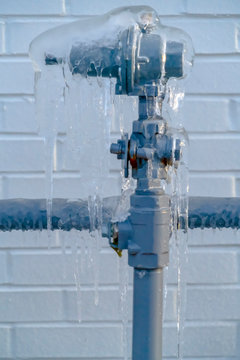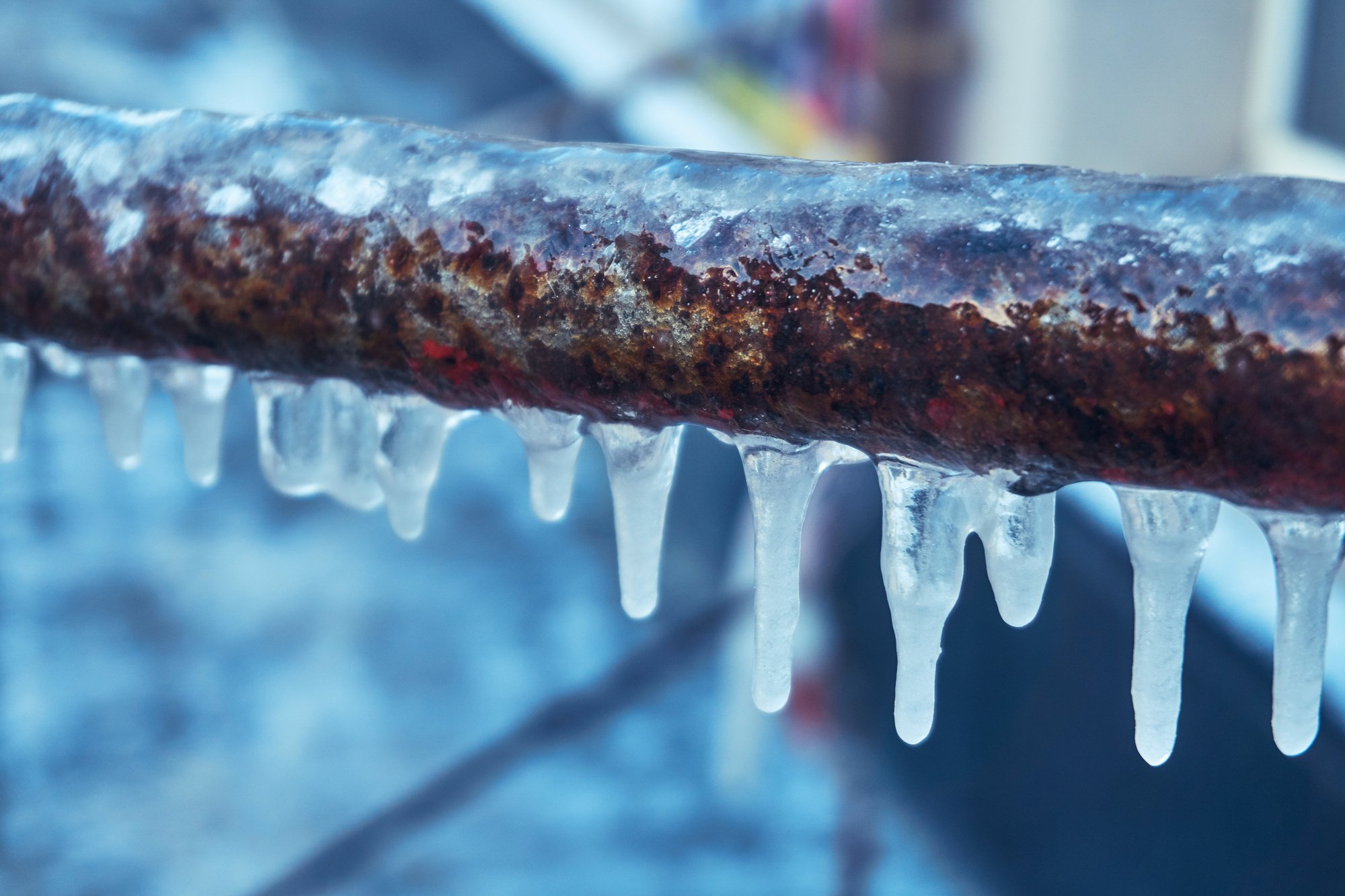Avoiding Frozen Pipes: Effective Strategies for Cold Weather
Avoiding Frozen Pipes: Effective Strategies for Cold Weather
Blog Article
Just about everyone may have his or her own way of thinking with regards to 6 Ways to Prevent Frozen Pipes.

Cold weather can wreak havoc on your pipes, especially by freezing pipes. Below's how to avoid it from taking place and what to do if it does.
Introduction
As temperatures drop, the danger of icy pipes boosts, potentially bring about expensive fixings and water damages. Understanding exactly how to stop frozen pipes is critical for property owners in chilly environments.
Prevention Tips
Insulating prone pipelines
Wrap pipes in insulation sleeves or utilize warmth tape to protect them from freezing temperatures. Focus on pipes in unheated or outside areas of the home.
Home heating methods
Keep indoor areas appropriately heated, specifically locations with pipes. Open closet doors to enable warm air to distribute around pipelines under sinks.
How to recognize frozen pipelines
Seek lowered water circulation from taps, unusual odors or sounds from pipes, and visible frost on exposed pipelines.
Long-Term Solutions
Architectural modifications
Consider rerouting pipes away from exterior walls or unheated locations. Include added insulation to attics, cellars, and crawl spaces.
Upgrading insulation
Buy top notch insulation for pipelines, attic rooms, and wall surfaces. Proper insulation assists preserve regular temperatures and decreases the threat of icy pipelines.
Protecting Outdoor Plumbing
Garden hose pipes and outside taps
Disconnect and drain pipes yard pipes prior to winter months. Install frost-proof spigots or cover outdoor faucets with insulated caps.
Understanding Icy Pipelines
What causes pipelines to ice up?
Pipes ice up when subjected to temperatures listed below 32 ° F (0 ° C) for prolonged periods. As water inside the pipelines ices up, it expands, putting pressure on the pipeline walls and potentially creating them to rupture.
Risks and damages
Frozen pipelines can lead to water system disturbances, residential property damage, and expensive repair work. Burst pipes can flood homes and cause comprehensive structural damage.
Signs of Frozen Pipeline
Identifying icy pipelines early can stop them from breaking.
What to Do If Your Pipelines Freeze
Immediate actions to take
If you suspect frozen pipes, maintain faucets available to eliminate stress as the ice thaws. Utilize a hairdryer or towels soaked in warm water to thaw pipes gradually.
Final thought
Preventing icy pipes calls for proactive procedures and quick feedbacks. By recognizing the reasons, signs, and safety nets, homeowners can shield their plumbing throughout winter.
5 Ways to Prevent Frozen Pipes
Drain Outdoor Faucets and Disconnect Hoses
First, close the shut-off valve that controls the flow of water in the pipe to your outdoor faucet. Then, head outside to disconnect and drain your hose and open the outdoor faucet to allow the water to completely drain out of the line. Turn off the faucet when done. Finally, head back to the shut-off valve and drain the remaining water inside the pipe into a bucket or container. Additionally, if you have a home irrigation system, you should consider hiring an expert to clear the system of water each year.
Insulate Pipes
One of the best and most cost-effective methods for preventing frozen water pipes is to wrap your pipes with insulation. This is especially important for areas in your home that aren’t exposed to heat, such as an attic. We suggest using foam sleeves, which can typically be found at your local hardware store.
Keep Heat Running at 65
Your pipes are located inside your walls, and the temperature there is much colder than the rest of the house. To prevent your pipes from freezing, The Insurance Information Institute suggests that you keep your home heated to at least 65 degrees, even when traveling. You may want to invest in smart devices that can keep an eye on the temperature in your home while you’re away.
Leave Water Dripping
Moving water — even a small trickle — can prevent ice from forming inside your pipes. When freezing temps are imminent, start a drip of water from all faucets that serve exposed pipes. Leaving a few faucets running will also help relieve pressure inside the pipes and help prevent a rupture if the water inside freezes.
Open Cupboard Doors
Warm your kitchen and bathroom pipes by opening cupboards and vanities. You should also leave your interior doors ajar to help warm air circulate evenly throughout your home.

As a devoted person who reads on How to Prevent Your Pipes From Freezing, I was thinking sharing that excerpt was a smart idea. Sharing is nice. Helping people is fun. I praise you for your time. Return soon.
Information Report this page